Researchers in Germany have devised a process for transferring cyclic voltammetry measurements from lab instruments to electronic notebooks, to yield open, standardised data that is rich with metadata. The workflow provides a framework for other scientists wanting to store and manage their experimental data so that it adheres to Fair data principles.
Fair data has four foundational principles. Firstly, data must be findable. This is via metadata that includes searchable keywords and information on the data’s origin and nature. Next the data must be accessible. This means it should in exist in file formats that are widely supported and easy to access without proprietary software, and its metadata should be retrievable using a standardised communication protocol. Fair data must also be interoperable, as in useable across different platforms and capable of being integrated with other formats. Finally, the data must be reusable; other researchers need to be able to access data and have licence to use it.
Tanja Junkers, who works with a range of data via studies that combine polymerisation and machine learning at Australia’s Monash University, believes that the future of chemistry requires ‘rethinking of the workflows we use today, and creation of generally accepted data standards.’
Following Fair data principles ensures researchers can easily and swiftly access the data they need to press on with new studies, avoiding unnecessary replication and increasing the efficiency of research in the chemical sciences and beyond. And while many will agree on the sentiment behind Fair data, it isn’t always clear how to put it into practice.
Now, using cyclic voltammetry as an example, Nicole Jung of Karlsruhe Institute of Technology and colleagues have developed a Fair data workflow that can be applied to other data sets. The process involves transferring the data, converting it into a standardised format, extracting and mapping its metadata, visualising and analysing the data, and depositing it in a repository. Crucially it all runs on freely available open-source software. ‘By utilising this infrastructure, researchers no longer need to invest effort in generating Fair data, as the harmonisation functionality is already integrated into the software,’ comments Jung.
Chemistry librarian Leah McEwan of Cornell University in the US, who was an advisor on this work, says it ‘offers an end-to-end example of what is involved at the institutional level at the current state of the art and can be realised with some level of local investment … The open-source materials provide an opportunity for other institutions to explore how these technical approaches may be adapted to their local infrastructure and data management requirements.’
According to Jung ‘some key prerequisites for the efficient use of Fair data are still missing – most importantly, the standardisation of measurement procedures, data analysis and documentation. These challenges can only be addressed through collaboration among various stakeholders, who must work together to discuss, implement and promote solutions for widespread adoption within their respective research communities.’
Next the researchers plan to grow and adapt their workflow for other techniques.
References
This article is open access
D Herrmann et al, Chem. Sci., 2025, 16, 4430 (DOI: 10.1039/d4sc08620a)
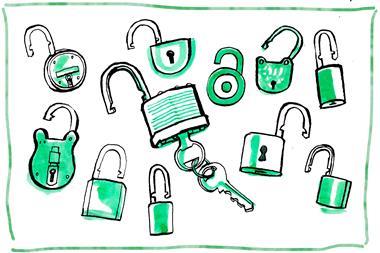


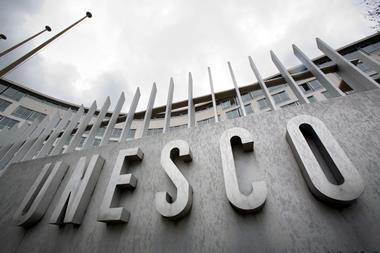
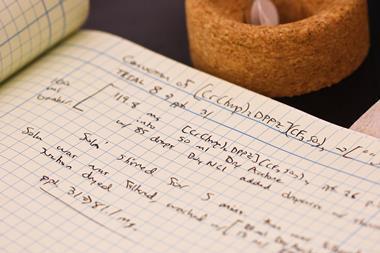
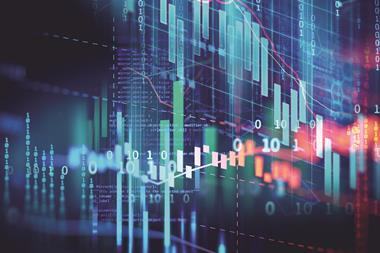
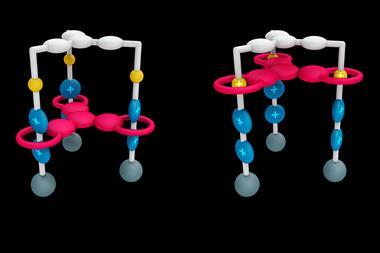
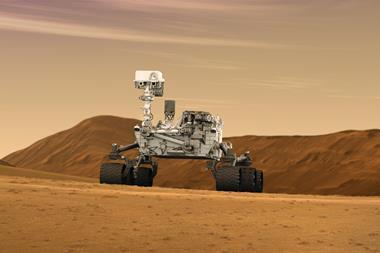
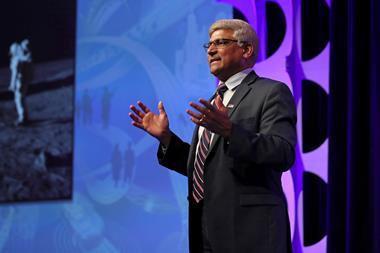
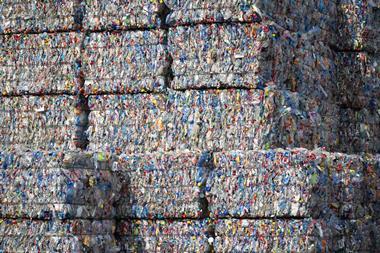
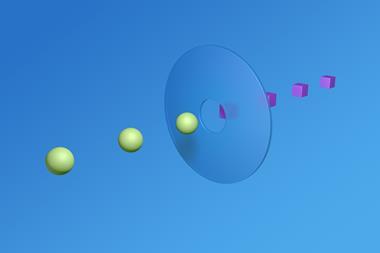
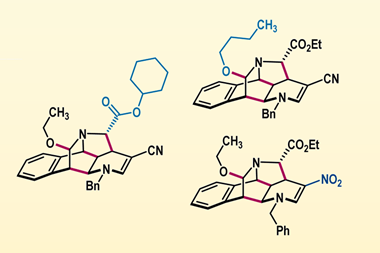
No comments yet